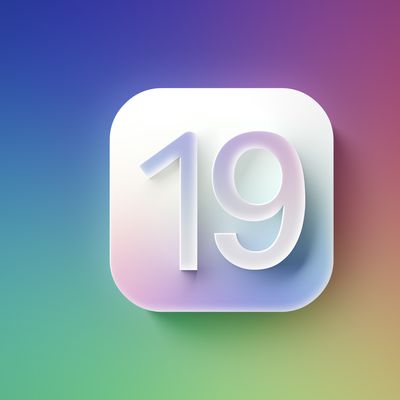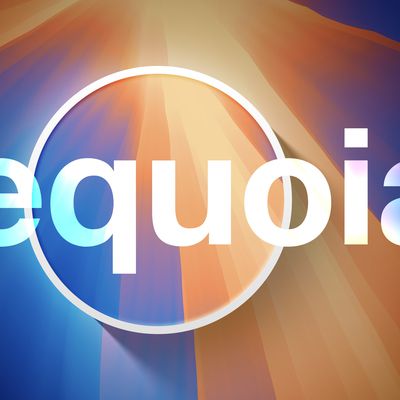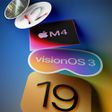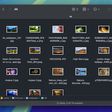Apple's New Fusion Drive Works on Older Macs
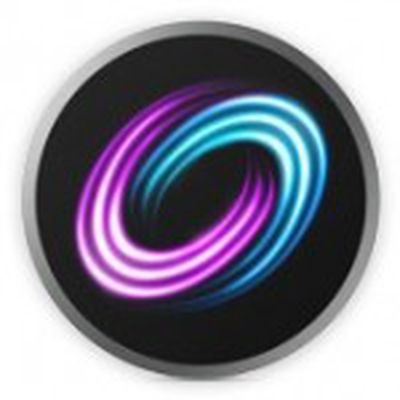 One of the interesting additions to Apple's iMac and Mac mini lines announced last week is Fusion Drive, a hybrid storage system that combines a 128 GB solid-state drive (SSD) with a 1 TB or 3 TB traditional hard drive into a single volume to offer the best of both worlds in terms of performance and storage space. Apple's software automatically manages the combined volume, placing the core system and other frequently used applications and files on the solid-state drive for faster access while keeping lower-priority applications and data on the traditional hard drive.
One of the interesting additions to Apple's iMac and Mac mini lines announced last week is Fusion Drive, a hybrid storage system that combines a 128 GB solid-state drive (SSD) with a 1 TB or 3 TB traditional hard drive into a single volume to offer the best of both worlds in terms of performance and storage space. Apple's software automatically manages the combined volume, placing the core system and other frequently used applications and files on the solid-state drive for faster access while keeping lower-priority applications and data on the traditional hard drive.
Mac developer Patrick Stein has been toying with his own Mac Pro setup and has managed to build his own Fusion Drive using command line tools. Stein configured an internal solid-state drive and a USB-attached traditional hard drive on his system and was able to combine them into a single logical volume as used for Fusion Drive.
Attached are a 120GB SSD (disk1) and a 750GB HDD (disk7) to my Mac. I attached the SSD via SATA to be sure that the system could figure out that it’s a SSD via SMART. The HDD is attached via USB. USB I chose to clearly see a difference in speed.
Stein then proceeded to test the setup, writing data first to the SSD and then to the traditional hard drive once the SSD had filled up. By preferentially accessing data that had initially been written to the traditional hard drive, Stein was able to watch as the data was automatically transferred to the SSD for faster access. Upon stopping the process, the system automatically pushed the data back to the traditional hard drive, and in one final step Stein began accessing the data once more and after about an hour was able to see it pulled back onto the SSD.
In several follow-up Tumblr posts, Stein details further explorations into how Fusion Drive works, noting that he was able to use not only the default HFS+ file system for OS X with it, but also ZFS. All of Stein's work was performed with a standard installation of OS X 10.8.2.
Popular Stories
iOS 19 will not be available on the iPhone XR, iPhone XS, or the iPhone XS Max, according a private account on social media site X that has accurately provided information on device compatibility in the past.
The iPhone XR, iPhone XS, and iPhone XS Max all have an A12 Bionic chip, so it looks like iOS 19 will discontinue support for that chip. All other iPhones that run iOS 18 are expected...
Apple today released iOS 18.4 and iPadOS 18.4, the fourth major updates to the iOS 18 and iPadOS 18 operating system updates that came out last year. iOS 18.4 and iPadOS 18.4 come two months after Apple released iOS 18.3 and iPadOS 18.3.
Subscribe to the MacRumors YouTube channel for more videos.
The new software can be downloaded on eligible iPhones and iPads over-the-air by going to...
Apple today released watchOS 11.4, the fourth major update to the operating system that runs on the Apple Watch. watchOS 11.4 is compatible with the Apple Watch Series 6 and later, all Apple Watch Ultra models, and the Apple Watch SE 2.
watchOS 11.4 can be downloaded on a connected iPhone by opening up the Apple Watch app and going to General > Software Update. To install the new software,...
Apple today released new firmware updates for all AirPods 4 and AirPods Pro 2 models. The new firmware is version 7E93, up from the 7B21 firmware that was installed on the AirPods Pro 2 and the 7B20 firmware available on the AirPods 4 and AirPods 4 with ANC.
It is not immediately clear what new features or changes are included in the new firmware, but we'll update this article should we find ...
While the iPhone 17 Pro and iPhone 17 Pro Max are not expected to launch until September, there are already plenty of rumors about the devices.
Below, we recap key changes rumored for the iPhone 17 Pro models as of March 2025:
Aluminum frame: iPhone 17 Pro models are rumored to have an aluminum frame, whereas the iPhone 15 Pro and iPhone 16 Pro models have a titanium frame, and the iPhone ...
Apple today released macOS Sequoia 15.4, the fourth major update to the macOS Sequoia operating system that launched in September. macOS Sequoia 15.4 comes two months after the launch of macOS Sequoia 15.3.
Mac users can download the macOS Sequoia update through the Software Update section of System Settings. It is available for free on all Macs able to run macOS 15.
With...
![]() One of the interesting additions to Apple's iMac and Mac mini lines announced last week is Fusion Drive, a hybrid storage system that combines a 128 GB solid-state drive (SSD) with a 1 TB or 3 TB traditional hard drive into a single volume to offer the best of both worlds in terms of performance and storage space. Apple's software automatically manages the combined volume, placing the core system and other frequently used applications and files on the solid-state drive for faster access while keeping lower-priority applications and data on the traditional hard drive.
One of the interesting additions to Apple's iMac and Mac mini lines announced last week is Fusion Drive, a hybrid storage system that combines a 128 GB solid-state drive (SSD) with a 1 TB or 3 TB traditional hard drive into a single volume to offer the best of both worlds in terms of performance and storage space. Apple's software automatically manages the combined volume, placing the core system and other frequently used applications and files on the solid-state drive for faster access while keeping lower-priority applications and data on the traditional hard drive.

